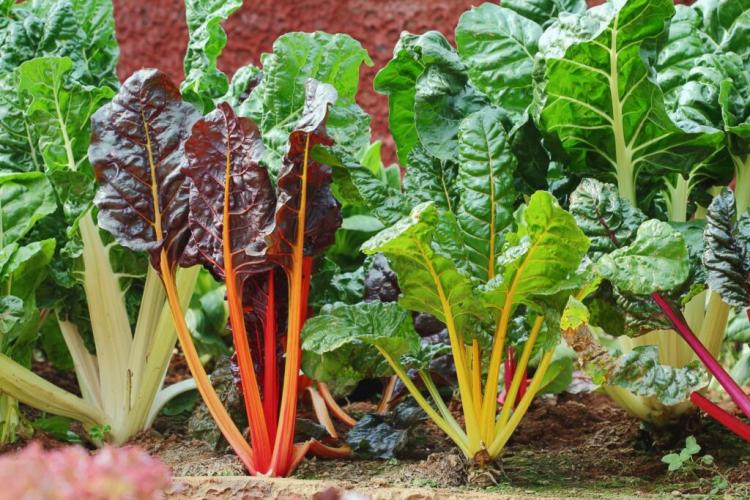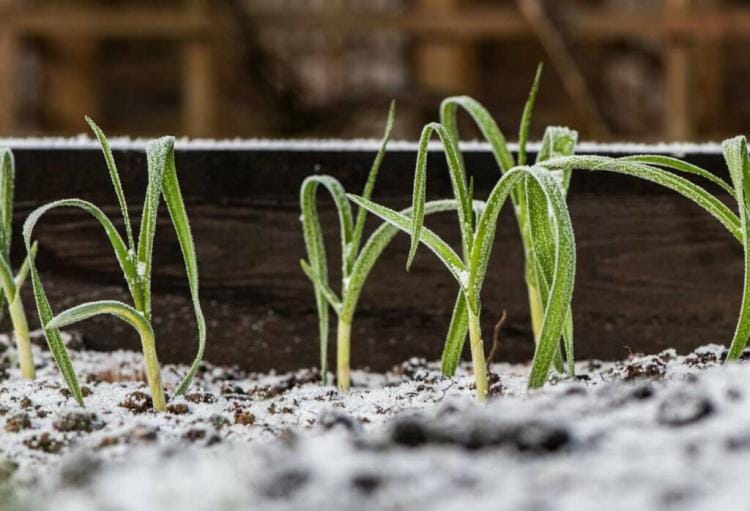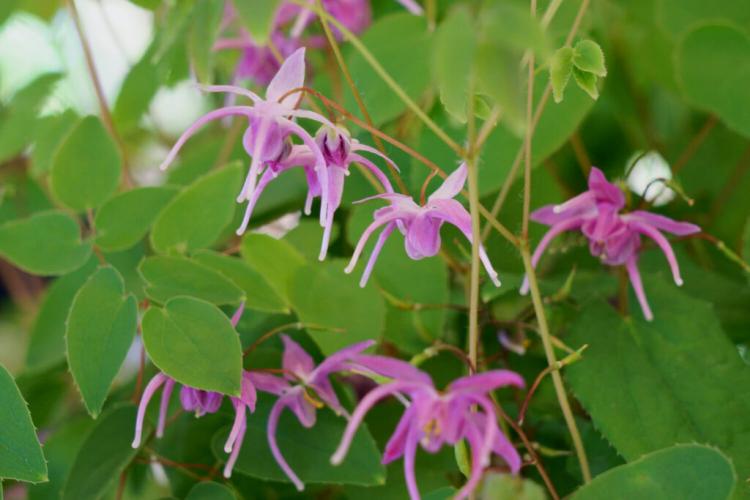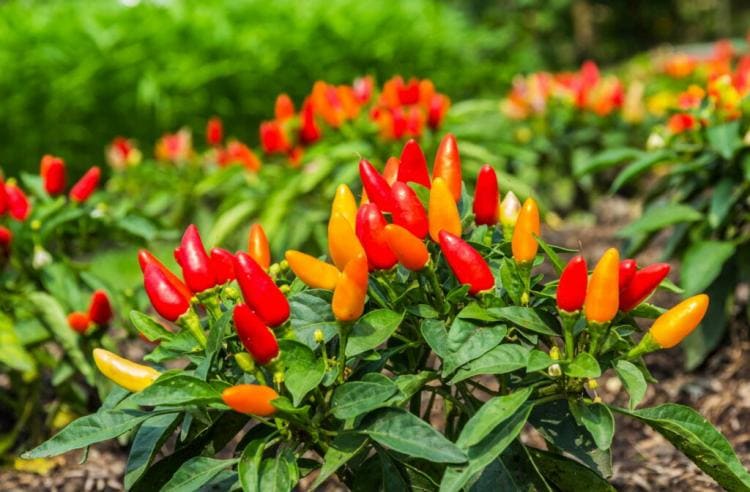Snowdrop plants: tips from the experts
It is a real spectacle when the blooming season of the snowdrops begins despite the cold. We'll show you how to plant snowdrops yourself.
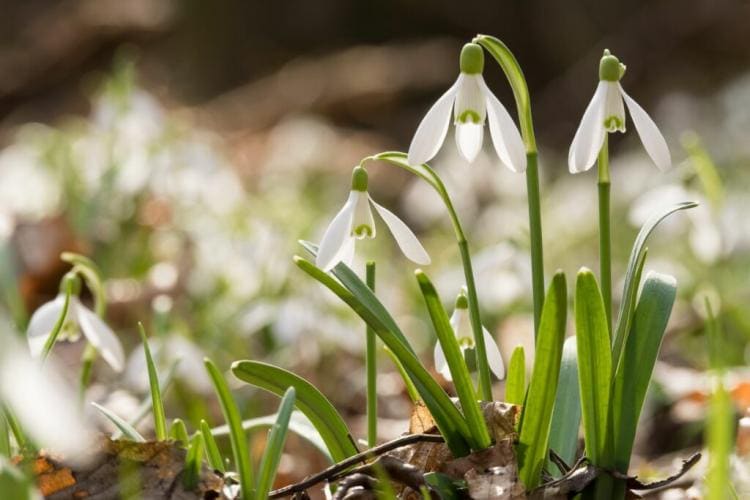
We show how you can easily plant snowdrops yourself [Photo: Jaro Mikus / Shutterstock.com]
Snowdrops ( Galanthus ) are one of the first to stretch their fresh green from the ground in the New Year. It almost seems as if they are hiding with their slightly hanging white flowers in the last snow to carefully scout out the surroundings for the still sleeping nature. These scouts can also find their way into your house and garden. We have put together everything you need to know so that you can optimally support your snowdrops from the time they are planted.
Snowdrops: a short profile
Everyone longs for a long winter, the moment when the first green leaves emerge from the cold earth and carefully explore the New Year. With their delicate white flowers, snowdrops mark the transition from a winter landscape to a spring meadow. In keeping with the white petals, the botanical name Galanthus is derived from the Greek words gála for milk and ánthos for blossom. Snowdrops form a genus within the Amaryllis family ( Amaryllidaceae ). The perennial, herbaceous plants have two, rarely three basal petals and are up to 35 cm high. The single, fragrant flower is on a long stem and hangs slightly.
Snowdrop flowering time
Depending on the species, you can enjoy the delicate white flowers from October to April. Most of these fragile-looking early bloomers break their heads through the layers of snow in January and February. There are only three species like the Queen Olga snowdrops ( Galanthus reginae-olgae ) that bloom in the fall. Snowdrops are pollinated by insects. Nectar and pollen serve as food for bees, but are spurned as soon as a better source of food is available.
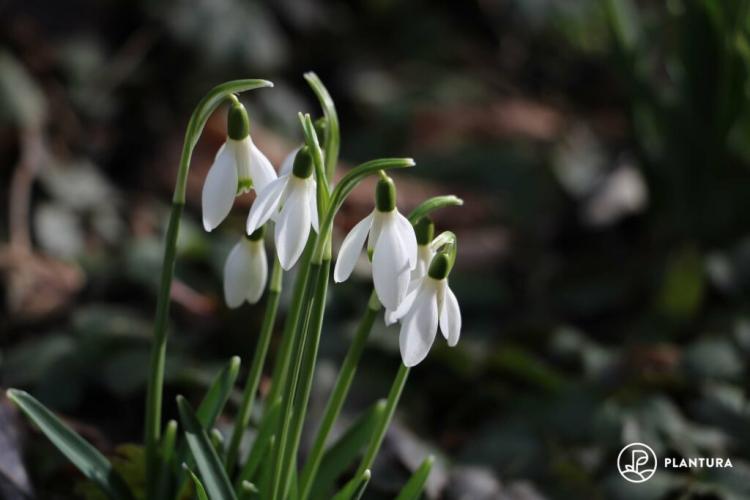
Depending on the species, snowdrops bloom from October to April
Snowdrop species and varieties
There are a total of 20 different types of snowdrop and around 500 registered varieties. Most of the species are found in the countries around the Black Sea. The species native to us is the little snowdrop ( Galanthus nivalis ). This species, as well as giant snowdrops ( Galanthus elwesii ) and Voronov snowdrops ( Galanthus woronowii ) are most commonly sold as an ornamental plant. The following varieties are particularly beautiful:
- 'Big Boy': very large and massive flowers
- 'Cordelia': double, large flowers
- 'Green Tear': green petals
- 'Wendy's Gold': yellow ovary, large drawing
- 'April Fool': late flowering (April)
- 'Samuel Arnott': robust, vigorous, good for beginners
The different flower colors and shapes show that snowdrops are much more diverse than a white flower on a long stem. If you have caught the snowdrop fever, you can find out more about the different types and varieties of snowdrop here.
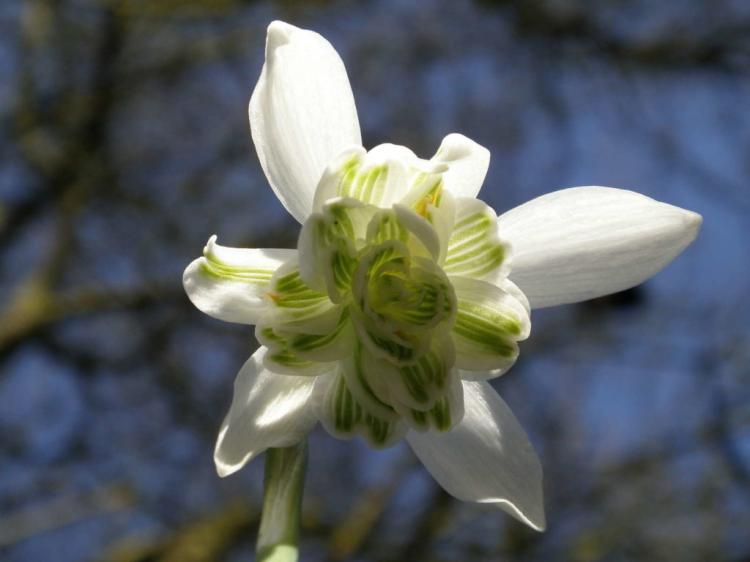
The lush, double flowers are particularly decorative [Photo: Amanda Slater – CC BY-SA 2.0]
Planting snowdrops: location, planting time and procedure
The frugal snowdrop feels so comfortable in the right location that whole clumps of green stems and leaves quickly develop over daughter onions. If the bulbs are optimally planted and cared for a little, year after year more snowdrops will herald the transition to spring in your garden.

